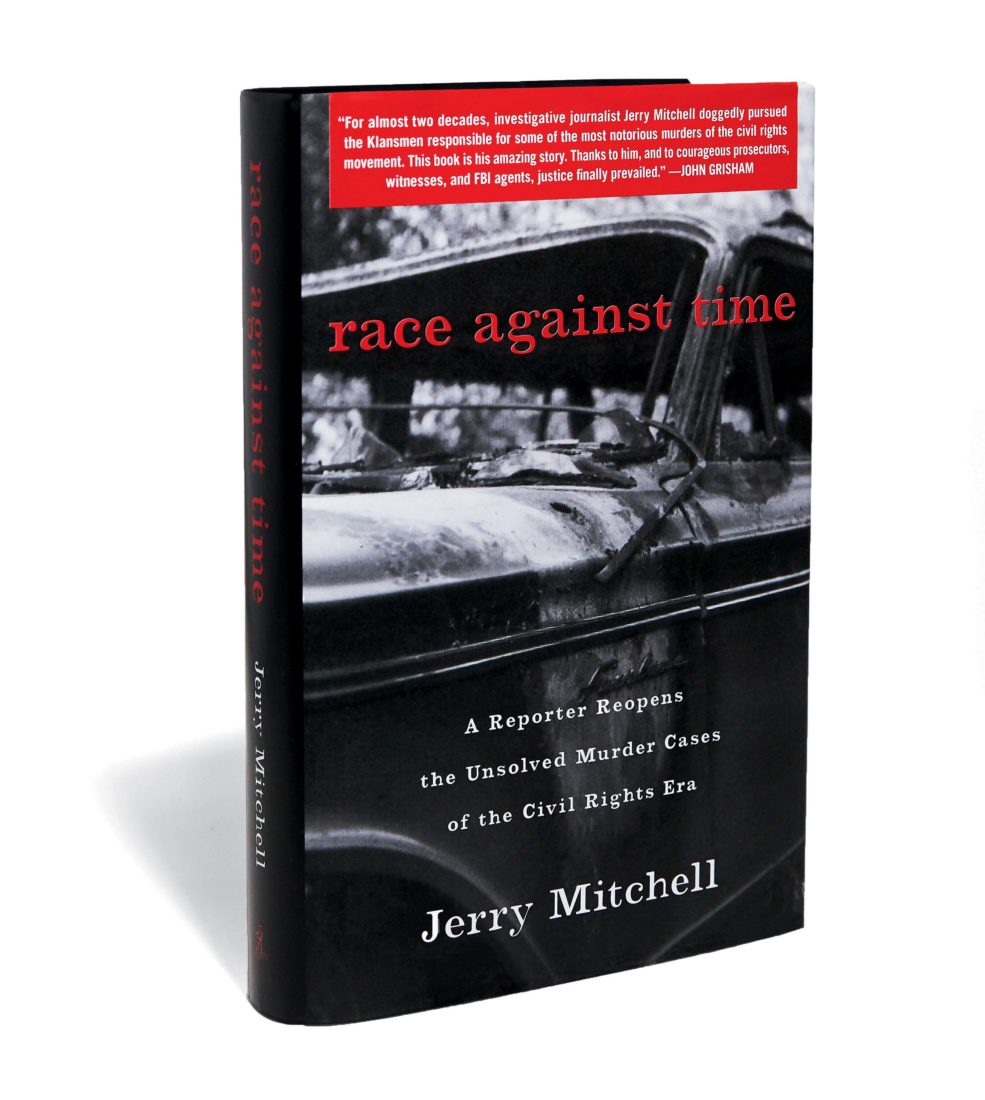The murders occurred in the 1960s, the victims ranging from an eleven-year-old Alabama girl finishing her Sunday school lesson to Mississippi’s most valiant voting-rights activist. The killers, however, didn’t face justice until the 1990s and later. The reason for the decades-long lag is familiar to any observer of Southern history: The victims were black, the killers were white, and while the times may have been a-changin’, that change—in the deepest Deep South—came slowly. Less known, however, is one of the main reasons those killers faced justice at all: Jerry Mitchell.
Mitchell was in his third year as a low-level courtroom reporter, at Jackson, Mississippi’s Clarion Ledger, when he happened into a screening of the 1988 film Mississippi Burning, a fictionalized portrayal of the 1964 murders of three civil rights workers. Mitchell, who grew up in Texas, didn’t know much about the murders, and, as the theater lights came on, found himself “wondering why my history teachers had failed to mention these events in class.” Then a retired FBI agent, seated beside him, alerted him to another failure: that no one had ever been prosecuted for the murders. The killers “had shot to death these three young men,” Mitchell learned, “and the state of Mississippi had done nothing about it.”
“How,” he asked himself, “was that possible?”
That question launched Mitchell into yearslong investigations of not only the so-called Mississippi Burning murders, but a slew of other cold cases from the civil rights era. Among them: the 1963 assassination of activist Medgar Evers; the 1966 firebombing death of voting-rights champion Vernon Dahmer; and the 1963 bombing of Birmingham’s Sixteenth Street Baptist Church, which killed four young girls. Mitchell’s reporting—shoe-leather detective work, which unearthed scads of new evidence and witnesses—nudged (and sometimes all but forced) prosecutors into action. In each of the cases mentioned above, the killers—unrepentant Klansmen who even in old age mocked the legal system—were finally tried and convicted; all of them, as of last year, died in prison.
Over the last two decades, a multitude of books and movies have focused on these cases and trials, which have been called America’s Nuremberg trials. But Race against Time, Mitchell’s long-hoped-for account from inside the cases, is by far the most gripping. It is, on one level, the closest memoir can get to a John Grisham thriller. On another level, it’s a profound firsthand testament to how, per Faulkner, the past is never dead, but neither is the need for justice.
As a young reporter in Mississippi, in the 1990s, I followed Mitchell’s work with admiration and astonishment, and occasionally trailed his footprints. (After spending a day with one of the conspirators in the Vernon Dahmer murder, I came to understand, viscerally, what Hannah Arendt meant by “the banality of evil.”) I never met Mitchell, so I could only guess at the obstacles he faced, the needles he was forced to thread; those guesses of mine, however, fell far short of the reality. Untangling these cases, as Mitchell recounts in Race against Time, meant grappling with hidden files, buried transcripts, secretive informants, a shadowy history of state-sponsored espionage, resistant witnesses, missing witnesses, dying witnesses, lost evidence, mysterious rendezvous, reluctant prosecutors, nervous editors, hostile readers, and constant threats to his life. “If you go,” Mitchell’s wife once pleaded with him, when he’d been summoned to meet Medgar Evers’s killer up in Tennessee, “I’ll never forgive you.” In that moment, as in others, Mitchell looked to Evers’s example for both courage and persistence. He went.
“I have long thought of the work that journalists and authorities have undertaken as a pursuit of justice,” Mitchell writes. “But the more time I’ve spent on these cases, the more I’ve come to believe that they are just as much a pursuit of memory.” Justice, memory, and maybe also the bittersweet equilibrium—what some call closure—that follows in their wake. After the organizer of Dahmer’s murder was sentenced to life in prison, Dahmer’s son visited his father’s grave. “The retired air force master sergeant fell to his knees,” Mitchell writes, “telling his daddy that he could rest in peace now because justice had finally come.”










